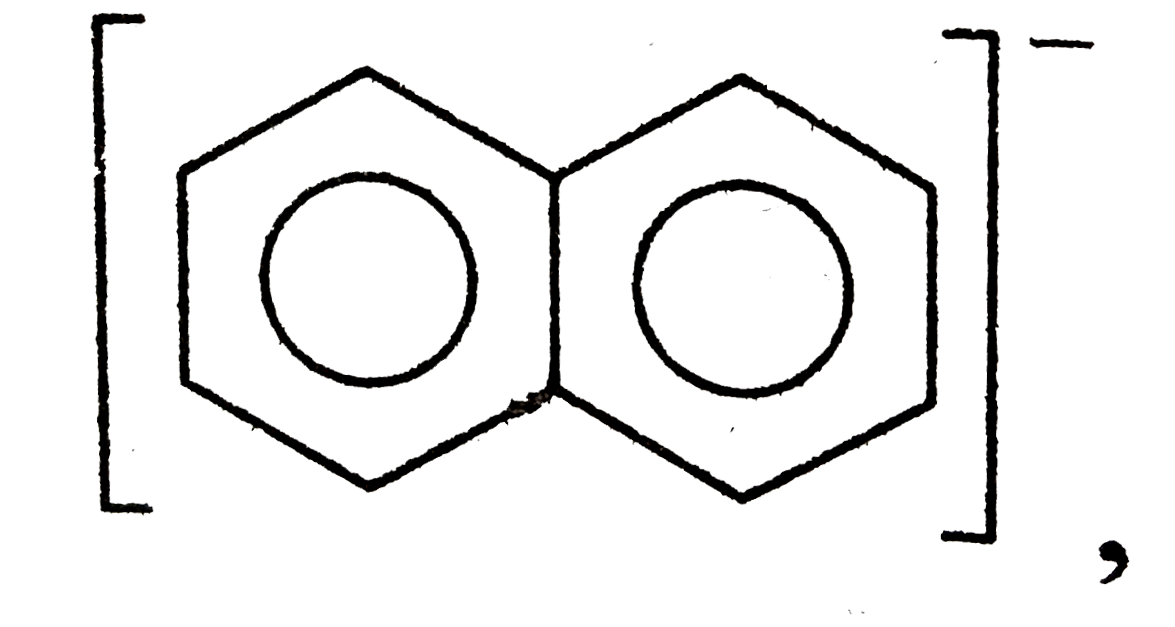A
B
C
D
Text Solution
Verified by Experts
The correct Answer is:
|
Topper's Solved these Questions
NEET PREVIOUS PAPER
R SHARMA|Exercise Solved Question|51 VideosView PlaylistSOLID STATE
R SHARMA|Exercise Archives|28 VideosView Playlist
Similar Questions
Explore conceptually related problems
Knowledge Check
Similar Questions
Explore conceptually related problems
R SHARMA-POLYMERS-All Questions
- Which of the following statement is correct about Ziegler-Natta Cataly...
03:23
|
Play - Among the polymers, which one is generally prepared by cationic polyme...
03:26
|
Play - Anionic polymerization may be accomplished with
03:27
|
Playing Now - The polymerization process in which two or more chemically different ...
01:36
|
Play - Copolymerization of vinyl chloride and vinylidene chloride in a 1 : 4 ...
02:01
|
Play - Lexan is a polymer of usually high impact strength and is used to make...
01:25
|
Play - Bubble gum contains
02:32
|
Play - Melmac, a thermosetting plastic often used to make plastic dishes, is ...
03:42
|
Play - The copolymer of vinyl chloride and crylonitrile, which is used for s...
01:38
|
Play - Rubber is vulcanized to form
02:14
|
Play - Buna -S rubber (SBR) is a copolymer of
02:44
|
Play - Gutta-percha, a naturally occurring highly crystalline non elastic rub...
02:38
|
Play - Which of the following statement about polymers in correct?
02:49
|
Play - The poly dispersity index (PDI) is for - natural polymers
02:00
|
Play - PHBV is a copolymer of
03:40
|
Play - Nylon - 2 nylon - 6 is a copolymer of glycine and
02:43
|
Play - Consider the following sequence of reation HC -= CH underset(2 HCL)o...
03:56
|
Play - Nylon 6, 6 is an example of
02:39
|
Play - Natural rubber is a polymer of
01:42
|
Play - In elastomers, the intermolecular forces are
01:13
|
Play


